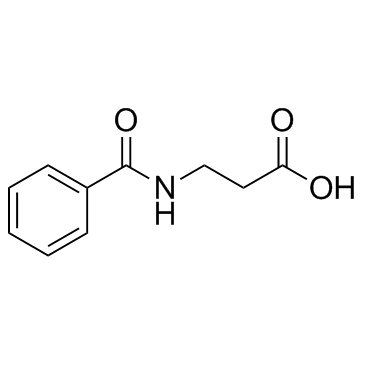Population pharmacokinetic analysis of panipenem/betamipron in patients with various degrees of renal function.
Naoyuki Tajima, Hitoshi Ishizuka, Hideo Naganuma
Index: Chemotherapy 52(5) , 245-53, (2006)
Full Text: HTML
Abstract
Although plasma concentrations of panipenem were elevated and the risk of adverse events would increase in patients with renal impairment, a precise dosage regimen for patients with renal impairment has not been established.Population pharmacokinetic analyses were performed with plasma concentrations from 26 healthy volunteers and 41 patients. Optimal dosage regimens for patients with renal impairment were determined based on the bacteriostatic index of C(20%T)>(MIC), the concentration corresponding to the time above MIC of 20% of the dosing interval.The clearance of panipenem and betamipron was correlated with creatinine clearance and the volume of the distribution of panipenem was correlated with body weight. C(20%T)>(MIC) for a standard dosage regimen of panipenem was 4.3 microg/ml, and the optimal dosage regimen for the patients was established based on this value.The dosage regimen of panipenem for patients with renal impairment should be reduced when creatinine clearance is lower than 60 ml/min.
Related Compounds
| Structure | Name/CAS No. | Molecular Formula | Articles |
|---|---|---|---|
 |
Betamipron
CAS:3440-28-6 |
C10H11NO3 |
|
Reaction of Pseudomonas fluorescens kynureninase with beta-b...
2004-03-23 [Biochemistry 43(11) , 3230-7, (2004)] |
|
Thermodynamic quantitative structure-activity relationship a...
2001-08-01 [Bioorg. Med. Chem. 9(8) , 1951-5, (2001)] |
|
Nephroprotective effect of betamipron on a new carbapenem, D...
1999-04-01 [Biopharm. Drug Dispos. 20(3) , 125-9, (1999)] |
|
Structural effects of N-aromatic acyl-amino acid conjugates ...
2011-09-01 [Biopharm. Drug Dispos. 32(6) , 343-54, (2011)] |
|
Protective effects of N-benzoyl amino acids on cisplatin nep...
1996-11-01 [Biol. Pharm. Bull. 19(11) , 1451-6, (1996)] |